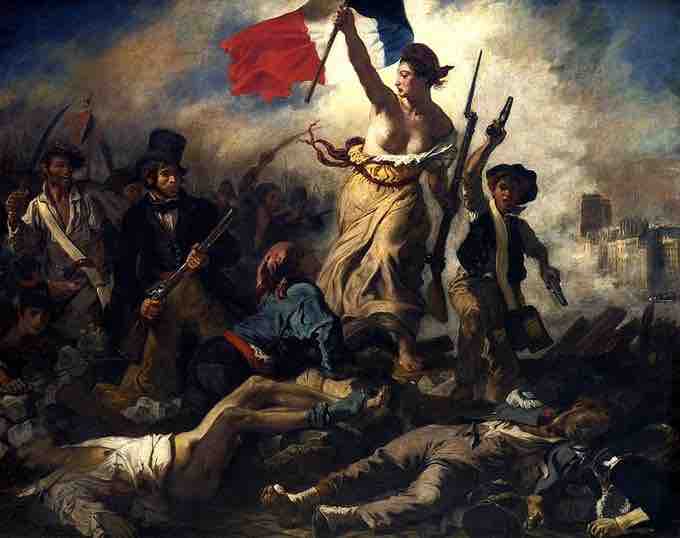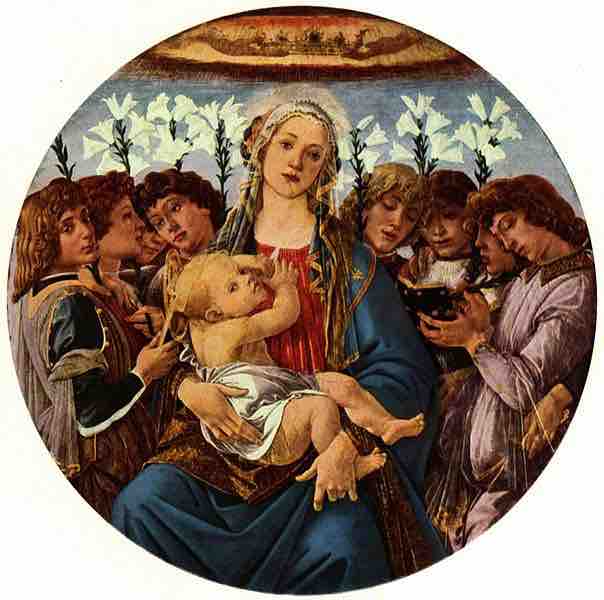Art's context of reception depends on a variety of circumstances, both on the part of the artist as well as the artistic community and climate that the artist is participating in. Throughout human history, art has been created across a range of media for many different reasons and to serve many different functions. Some of these purposes are intrinsic to the human instinct for harmony and balance, as well as the human desire to experience mysterious things and express the human imagination. Art can transcend the concept of utility or external purpose. These ideas are called the non-motivated purposes of art. However, art also comes from intentional, conscious actions that aim towards specific external goals, and those qualify as the motivated purposes of art. Motivated purposes usually arise from the artwork's historical context, which consists of a multitude of different factors, including the social, political, economic, and cultural settings of the period; the artist's patrons; and the artist's intended audience.
Primarily, art is a form of communication, and like most forms of communication, has intents and goals directed toward other people. It may be used for entertainment, seeking to evoke particular emotions or moods in viewers, or for social inquiry and political change by portraying aspects of society in complimentary or critical ways.

Eugène Delacroix, Liberty Leading the People, 1830
This painting reflects contemporary events, commemorating the July Revolution of 1830, which toppled Charles X of France. A woman personifying liberty leads the people forward over the bodies of the fallen, holding the flag of the French Revolution in one hand and brandishing a musket with the other. The painting reflects the context of the time: namely, a shift towards representing political current events in art.
Similarly, art may also be used as a form of propaganda by subtly influencing popular conceptions, or for commercial purposes, by making specific products more attractive to potential consumers. Religious or sacred art uses religious inspiration and motifs in order to illustrate the principles of a religion in a tangible form, and is often intended to provide spiritual instruction and connection with believers.

Sandro Botticelli, Madonna and Child with Eight Angels, 1478
An example of religious art, this painting was commissioned by the Catholic Church during the Renaissance. Like a great deal of religious art, the painting is meant to communicate the spiritual beauty of the religious concept echoed in the aesthetic beauty of an oil painting. The work reflects the context of its time, in which art was driven nearly exclusively by religious institutions and used to illustrate and provide instruction about the principles of the religion.
Through the course of history, much of art has traditionally been patronized by wealthy and powerful individuals, including rulers and aristocrats, as well as various civic and religious institutions. Patronage of the arts was typically used as a means of expressing and endorsing political, social, and cultural agendas and of displaying personal prestige. Works of art commissioned by wealthy patrons usually reflect their desires and aims.